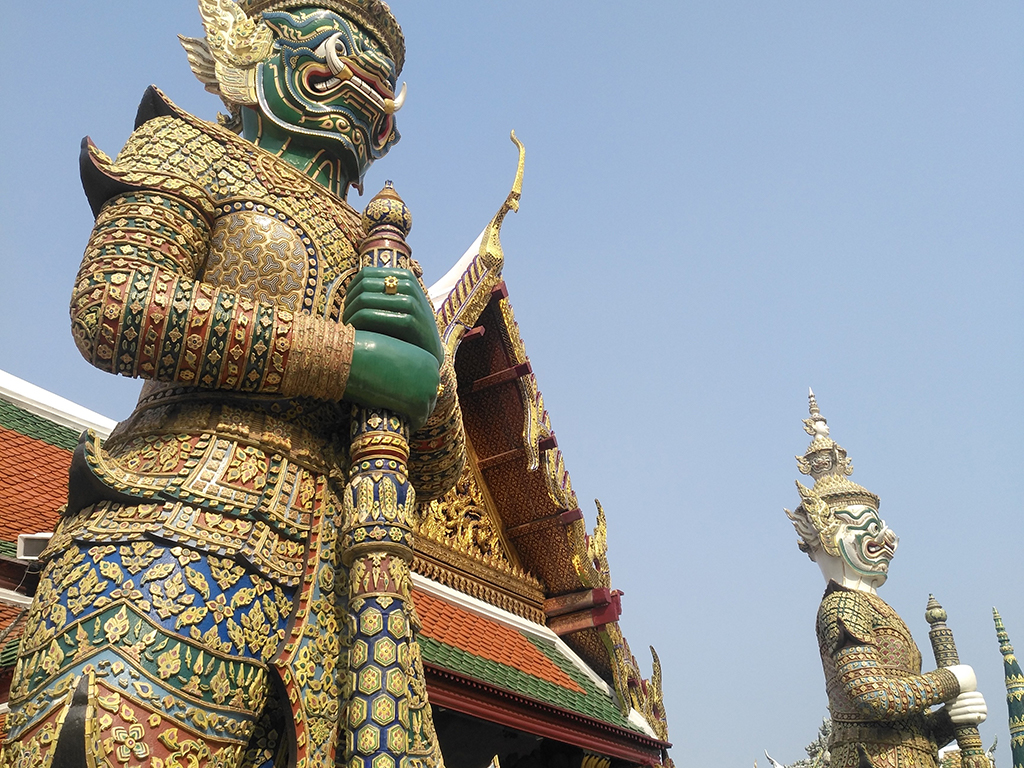The module Intercultural Design, a core module offered in the Bachelor of Design in Creative Media (BDCM) programme at The Design School in Taylor’s University, Malaysia, is also offered as an elective in specified non-design programmes within the university. With a focus on cultural exchange and exposure through experiential learning in a foreign country, the module requires students to study a particular culture and produce design work that expresses their understanding and interpretation of a given theme surrounding that culture.
This year the theme focused on mythology. Nearly all cultures have aspects of deep-seated mythology in its value system. Mythology became a way for humans to explain the unknown when adequate scientific answers were not found. Could myths be records of historical fact or perhaps stories that are made up? Are they ways for humans to make sense of otherwise incomprehensible events? Mythology has been studied for hundreds of years, and they can be read and understood in a number of ways. Thus, the facilitators of Intercultural Design found this theme suitable for the two selected countries that would be visited this year – Thailand and Japan. These two ancient, yet modern, countries are rife with various myths, from the creation of the world to the belief of good luck and prosperity in everyday life.
The beauty of mythology is that it can be open to many interpretations. This offered the students an opportunity to practise independence in selecting a myth, conduct further research, and propose various approaches in which their design would express and/or interpret their selected myth. The process was meticulous but as it was a group project, this not only honed interpersonal skills but also created fun for the students to learn while on a field trip. The selection of myths and preliminary research was done before the trip. This resulted in a proposal that outlined the students’ research problem, research questions, research objectives, and possible design solutions. A major focus of the trips was for students to collect data at specific locations of their choice but there were also visits to selected art galleries, museums, and universities that were conducted to supplement the learning process.
This article focuses on the trip to Bangkok, Thailand as I was placed in charge of it with nine students. However, due to the rise of Covid-19, one student decided to not join us. Arrangements were made for her to conduct her research in Malaysia while the rest were in Bangkok. Four of the nine students were from the BDCM programme, three were from the Architecture programme, and the remaining two were Mass Communication students.
The students were divided into groups of three. It was a rich mix in a few ways: they were mature for their ages – able to manage their time well, accommodate each other, were team-spirited, and had a sense of responsibility. In addition, given the nature of their studies, they leaned toward the arts which was convenient for both the students and the lecturer during project discussions and group work because they shared a similar “language”. In addition, the students’ individual cultural background (seven Malaysians, a Mauritian and a Maldivian). Even among the Malaysians themselves, there was a mix of different ethnicities, namely Chinese and Malay. This made deconstructing and understanding the Thai culture an enriching experience as the students each had different views due to their own backgrounds.
Equipped with an approved proposal, each group selected a specific Thai mythology to follow and work on – Sak Yant (Thai traditional, religious, and sacred tattoos), Mae Nak (a legendary female ghost who has both positive and negative connotations) and Lersi (guru masters of Thai Buddhism). Although the selected topics are still widely practised and highly revered in the Thai society, they have connections to Thai mythology. Sak Yant and Lersi can be considered as functionalism (Eliade, 1998) in mythology, where religious experience and valuable teachings in a culture are perpetuated to form and shape society and behaviour. According to Bulfinch (2004), myths are distorted accounts of historical events, which could be the case for Mae Nak.
For data collection, the Sak Yant group found a modern tattoo shop in Bangkok that also does traditional Sak Yant tattoos, the Mae Nak group located a temple, Wat Mahabut, where the legendary character is worshipped, and the Lersi group chose Wat Pho, a temple that houses many Lersi sculptures. In addition, we visited the Thailand Creative and Design Centre (TCDC), Bangkok Art and Culture Centre (BACC), Museum of Contemporary Art (MOCA), Bangkok University, Bangkok National Museum, and The Grand Palace.
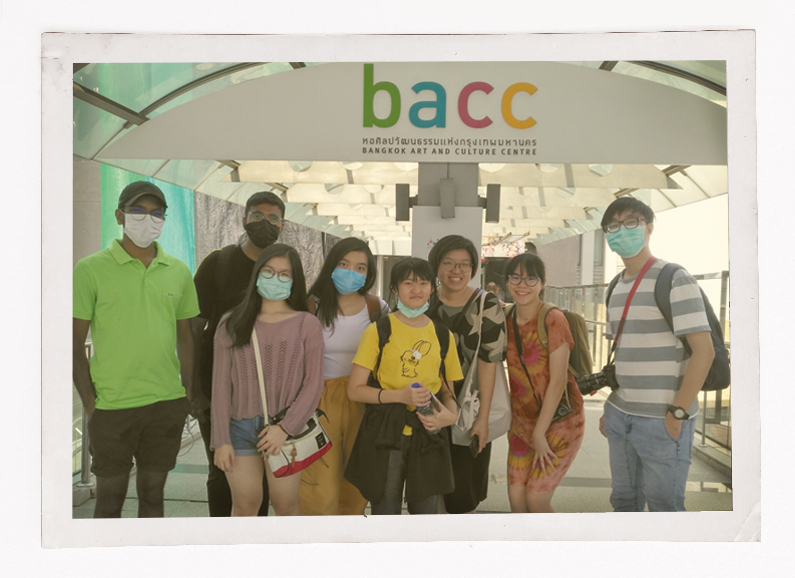
Each place was captivating and engaging. The exhibits at TCDC, BACC and MOCA, their surrounding architecture and daily movements screamed of a strong cultural identity of the Thai people while embracing modern globalisation. Meeting contemporaries at Bangkok University for the exchange of ideas, and a tour of the campus added to the experience and fostered ties with a foreign university. The beautifully maintained Bangkok National Museum and The Grand Palace showcased Thai’s national pride and the reverence they place in their King and the monarchy system.
Just as we became comfortable, and somewhat familiar with the city, it was time to go. Five days came and went, and so we left for Kuala Lumpur with valuable data and experience, and fond memories of Bangkok.
Back on campus, the students analysed the data they had collected, presented their findings, and proceeded to produce the final design outcome. Within 3 weeks, the Sak Yant group converted the traditional tattoos into wearable ones in the form of jewellery and designed a “company” website for it. The Mae Nak group designed a modern, semi-abstract sculpture representing respect for women and acknowledging female strength. The Lersi group produced a short film starring shadow puppets designed by themselves, featuring the story of Lersi, retold from their perspective.
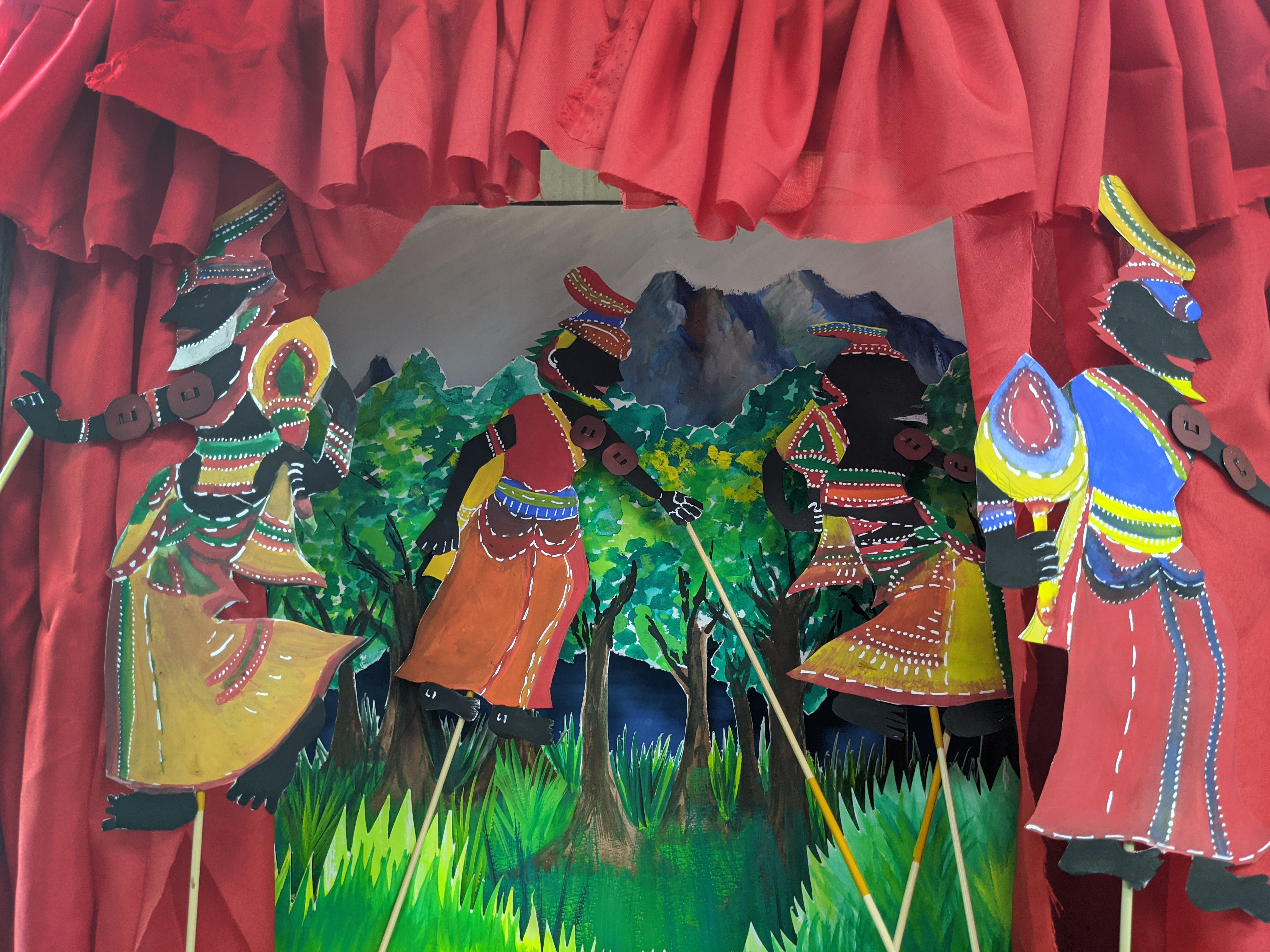
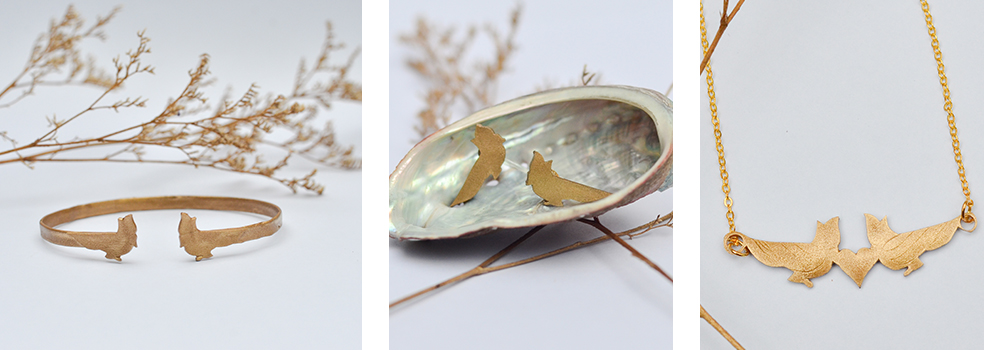
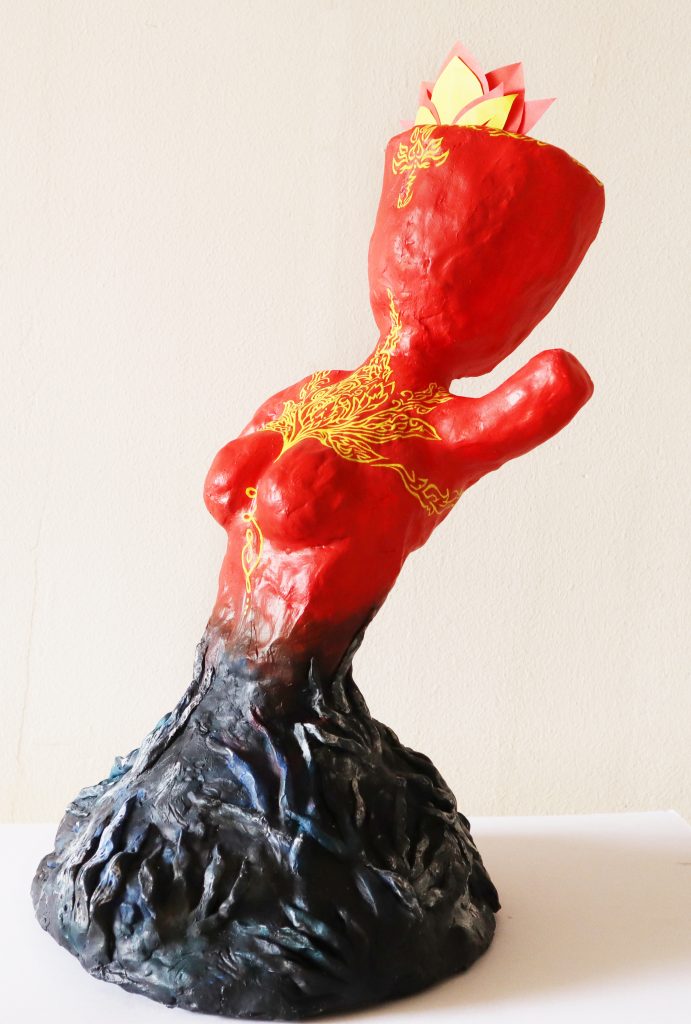
The students’ immersion in the Thai culture had helped them to understand their research topics better since they were able to gain firsthand knowledge. That, in turn, made them refine their proposal which was produced before the trip. This was a positive effect as the pre-trip research served to give an overall idea while the research in-situ gave a clearer perspective, galvanising their understanding. Perhaps the words of one of the students, Ong Yi Lyn, summarises this the best, “I think being present in Bangkok strengthened our research, and helped us narrow down our main theme. I feel that as much as we were able to research our topic online, going to Bangkok, and visiting the locations specific to our research in person is very different. More context is offered and experiencing it firsthand allows us to gather data that we would otherwise not have found online.”
This trip was truly a mythology that became a reality in two senses: firstly, a literal one from a project brief to a tangible outcome and secondly, from a personal aspect, it was a priceless opportunity for me to visit the Land of Smiles.
Once I thought I would never have visited Bangkok because it was “just another city” but that was just a myth…
References:
Bulfinch, T. (2004). Bulfinch’s Mythology. Montana, USA: Kessinger Publishing.
Eliade, M. (1998). Myth and Reality. Illinois, USA: Waveland Press.
Feature Image: A scene at The Grand Palace, Bangkok, Thailand. Image © Jinchi, 2020.

